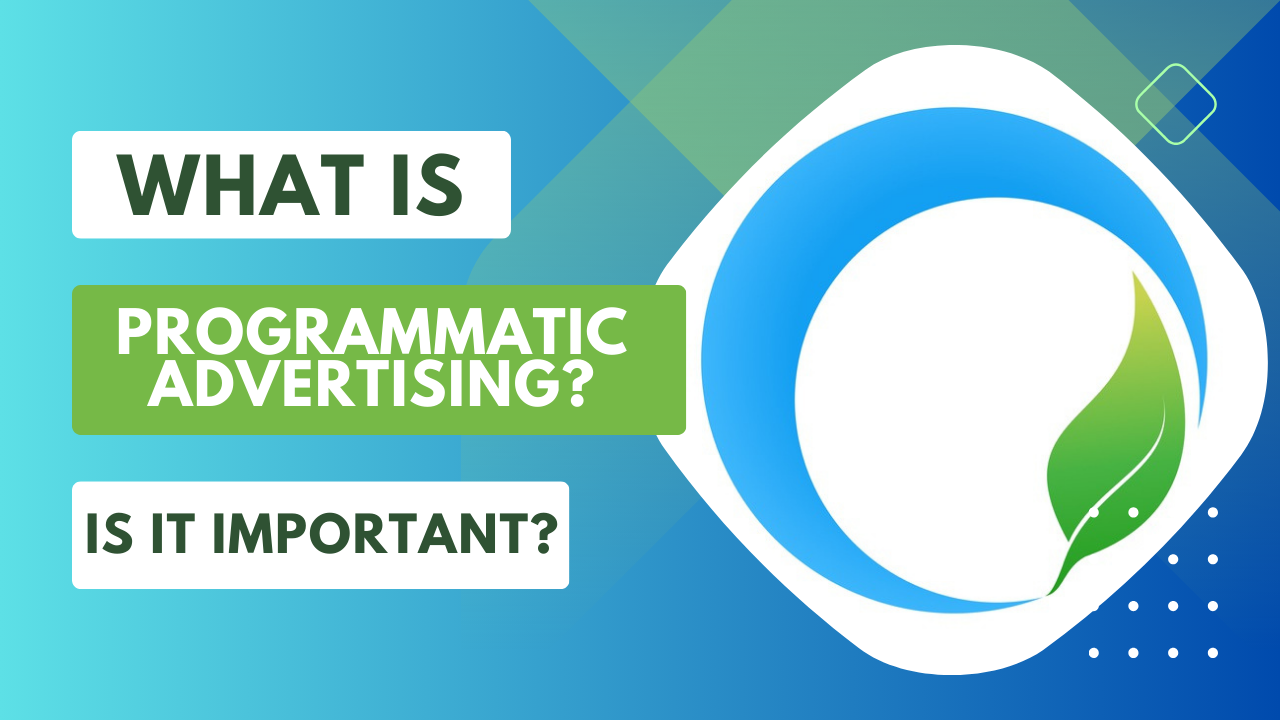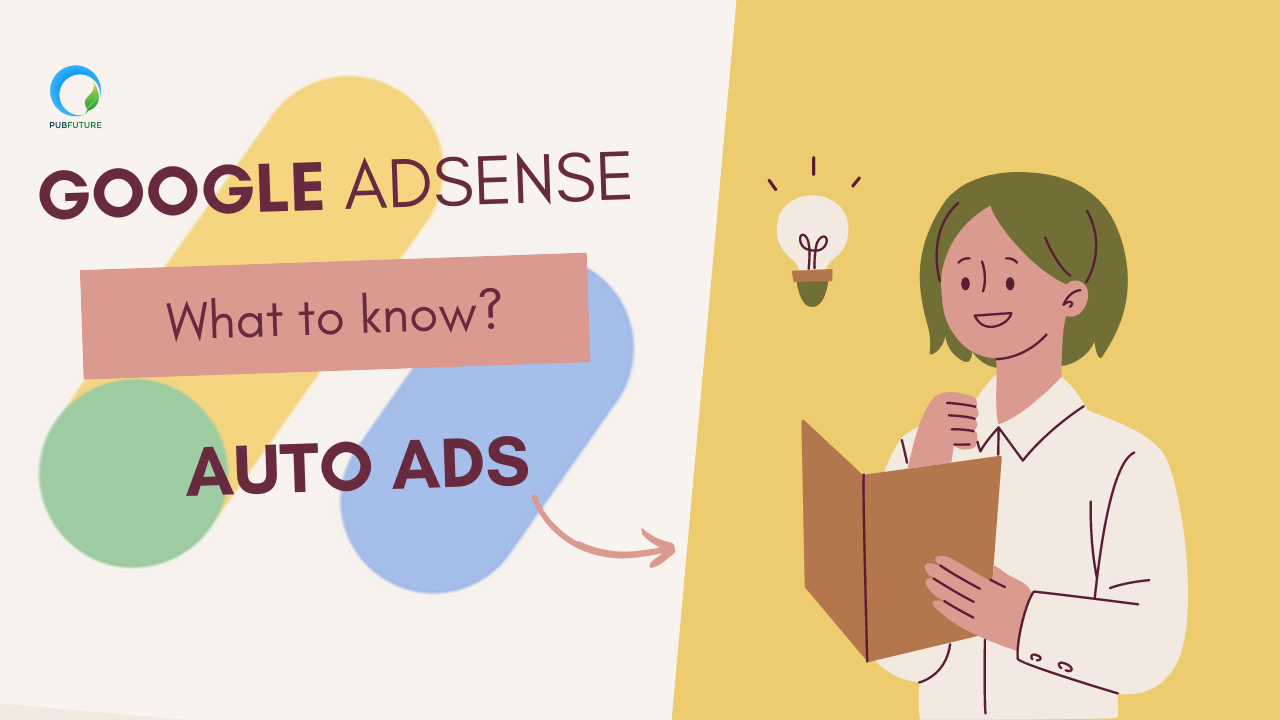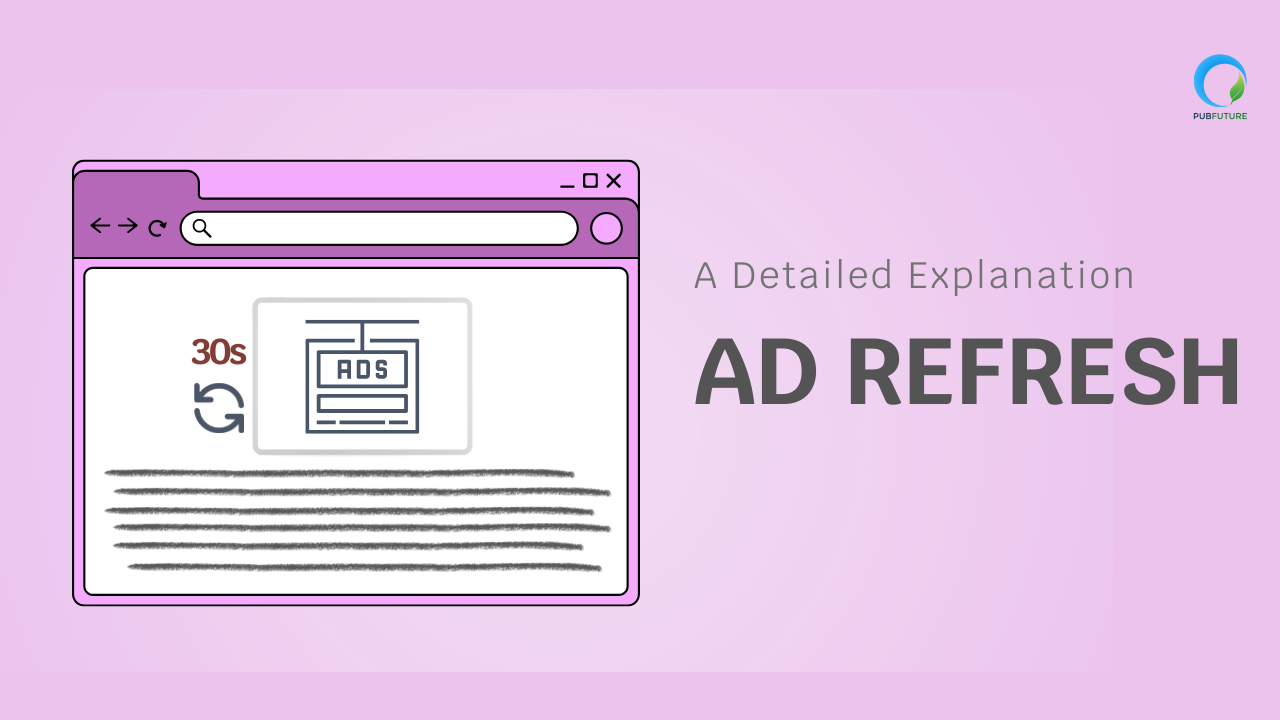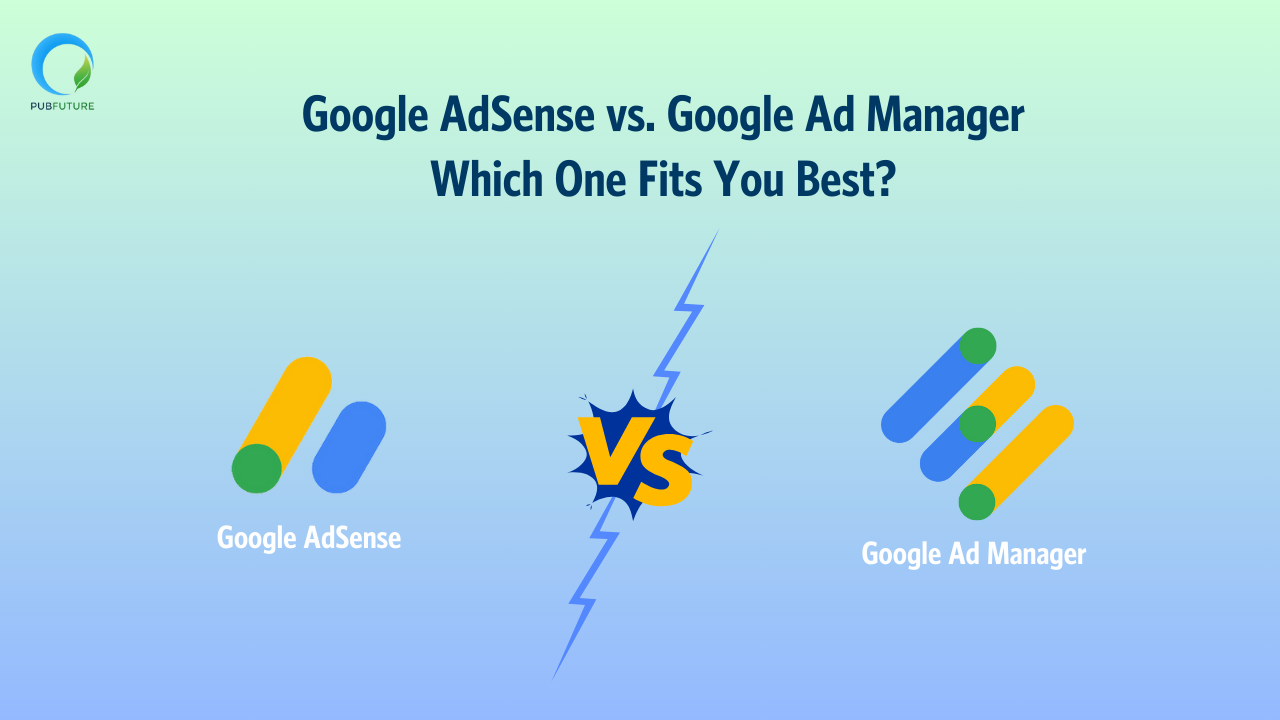In the compilation of In-stream & Out-stream Ads, PubFuture has introduced to you a sort of In-stream Video ad is Linear ad. Linear ad is divided into three typical types which are the ones to show up before (pre-roll), during (mid-row), and after (post-roll) a Video content stream. To delve into the effectiveness of Video ads in achieving marketing objectives as well as how these ads help keep the viewers meaningfully engaged, we would like to provide you with a quick definition of pre-roll ads – a typical type of In-stream Video ads, what their characteristics and benefits are, some examples along the way, and why they should be a part of your advertising strategy.
Related: In-stream vs Out-stream Video Ads – A PubFuture 2024 Compilation
What are Pre-roll Ads?
Pre-roll ads are described as video advertisements that automatically play directly before Video contents. A user frequently has a direct impact on the content that shows in a pre-roll ad; for example, if a person visits a specific website or conducts a specific online search, they are more likely to see a pre-roll ad that is relevant to their search.
The length of these ads may vary, which are commonly 15, 30, or 60 seconds long. This is sometimes determined by the platform where the ad displays and the platform’s typical requirements. There are three main types of pre-roll advertisements:
- Non-skippable ads: If an ad is non-skippable, it means that users watch the entire ad without being able to skip through it. Non-skippable ads operate on a pay-per-view model, where the advertiser pays when the viewer watches the ad.
- Skippable ads: These ads allow a user to skip right to their desired content after a few seconds. Like non-skippable ads, these ads operate on a pay-per-view model and bigger advertisers commonly use them.
- Bumper ads: A bumper ad is usually only a few seconds in length and are unskippable. They tend to operate on a pay-per-1000-views model, where the advertiser pays per every 1000 views.
Characteristics of Pre-roll Ads
Pre-roll ads are slightly different in length and types; however, they all appear at the beginning of the video contents and focus on providing value to the user. Therefore, some of the key characteristics of pre-roll ads can be described as follows:
Concise message
Most pre-roll ads are less than 30 seconds, and are either skippable or unskippable. The short videos prioritize the most basic version of messages and embed attention-grabbing contents into a sort of time that is usually assumed in 5 seconds. Even though viewers are not encouraged to watch more, they should be left with a good impression of the advertisement.
Valuable, engaging content
Other than focusing on promoting a product or service, pre-roll ads aim to provide value to their audience and tell a story. Effective pre-roll advertisements are engaging and indirectly inspire viewers to continue watching to see what occurs next. These advertisements capture the viewer’s attention in just a few seconds by focusing merely on information that directly benefits them.
Call to action
The majority of pre-roll ads also have a call to action or a link to a landing page. This encourages viewers to engage with the brand more and advances the advertiser’s objective. This link may show up at the start or finish of the advertisement. Advertisers frequently use a call-to-action and a landing page to entice users to learn more about the brand or product.
Benefits of Pre-roll Ads
Due to the size and scale of digital content available to the average audience, pre-roll advertising is especially popular. Here are a couple of benefits of using pre-roll ads:
Cross-channel compatibility
Some types of ads don’t work well on certain devices. For instance, side rail ads can be displayed on desktop devices; however, mobile devices fail to have inventories for them. Luckily, this isn’t the case with pre-rolls, as long as your video player is mobile-compatible.
Views guarantee
With the characteristics of showing before the video contents, pre-roll ads have a better chance of being watched than mid-roll or post-roll ones, especially when audiences desire to view the video contents after the ads. In those cases, viewers rarely choose to skip the ad. The shorter the ad, the greater the likelihood of the viewer watching the ad from start to finish and noticing the call to action. This boosts content developers to pack the message they want to deliver in the shortest possible.
High interactivity
Pre-roll ads have a wide range of ways to be interacted with after users watch them. They can click on the link, share it on social media, or choosing to see similar contents. Many platforms often allow advertisers to categorize their ads based on their target audience. Some platforms even offer advertisers the ability to create short surveys and insert fun animations and graphics.
User engagement and brand awareness increase
Pre-roll ads often focus on displaying content that directly correlates to potential customers’ interests. Just a handful of seconds is enough to expose viewers to a brand and create an impression — making it a great addition to your “top of the funnel” marketing strategy. A well-crafted ad also increases the chances of a viewer remembering the brand and spread to their family and friends. This might allow the viewer to create a favorable perception of the brand.
Example of Pre-roll ads
YouTube is a popular medium in incorporating pre-roll ads in digital marketing strategy. It belongs to the second most popular website in the world, on which 1 billion hours of video contents each day are collectively consumed. With so many people approaching and watching, it’s the perfect opportunity to engage with potential customers. Furthermore, by targeting audiences, YouTube marketers easily reach the right people at the right time. Dimensions to target are interests, topics, demographics, geography, keywords, and language which are powered by Google Ads.
Best Practices for Publishers
Activate autoplay mode
Enabling the autoplay option on the video player will ensure that pretty much every visitor on your website or app sees a pre-roll ad, whether they’re interested in watching the video or not. This helps generate higher impression rates and, by extension, higher ad yield.
Set up “Call ad again” feature
Even with the autoplay option activated, there is no guarantee that the video player will receive an ad for every call. In short, when the ad response for the autoplay pre-roll comes up empty, the player will automatically switch to the click-to-play setting, rather than skipping straight to the video. Then, once the user clicks on the video player’s play button, a new ad call will be placed.
Increase viewability with a floating ad
A great way to increase your video ad revenue is to have your video player follow the user around as they scroll. The video player floats content in the corner of the screen, regardless of where on the page the user is located. The floating player is small but it encourages the viewer to remain engaged with your video content. Due to specific setup requirements, floating ad will show only when there are paid campaigns.
How to put Pre-roll ads on your website or app
Implementing Video ads on a website does require some basic know-how besides a great optimization method to increase the ad yield. On the technical side, an online video player with ad-serving capabilities is a must. The best video monetization platforms have proprietary HTML5 video players optimized for serving ads.
What if you do not own an HTML5 video player and still want to monetize with Instream ad? Ad monetization platform can help you with that. Having years of experience in cooperating with Direct, VAST, and programmatic demands to take publisher’s ad yield to the next level, as well as using the best practices for Video ads, PubFuture is constantly developing Instream Video ad to be our top-grossing one.









